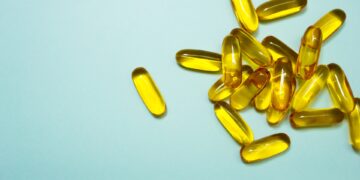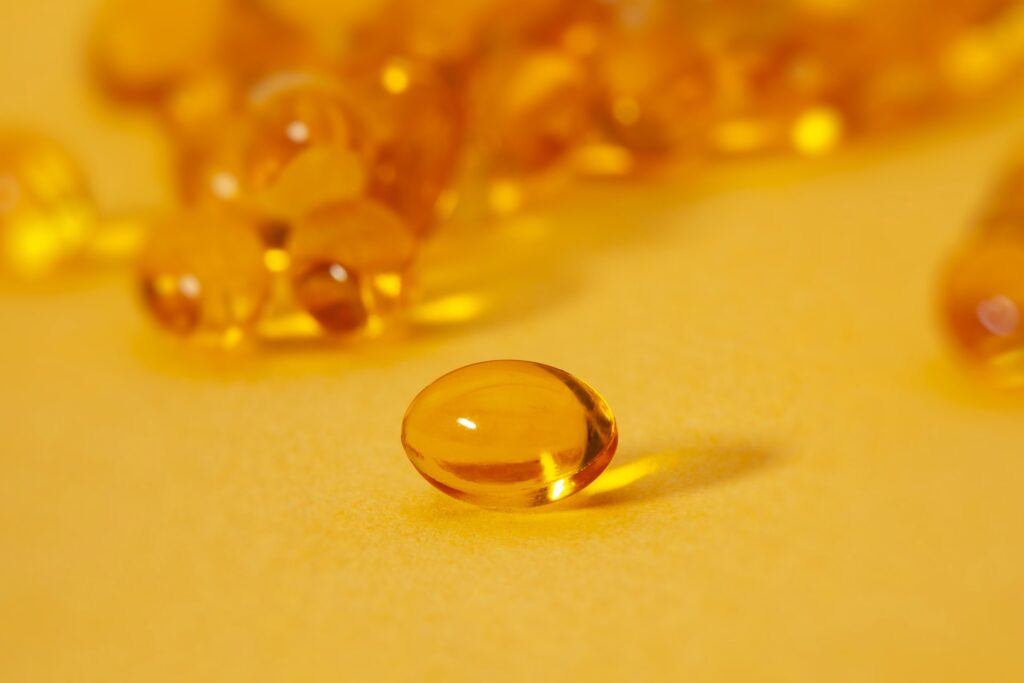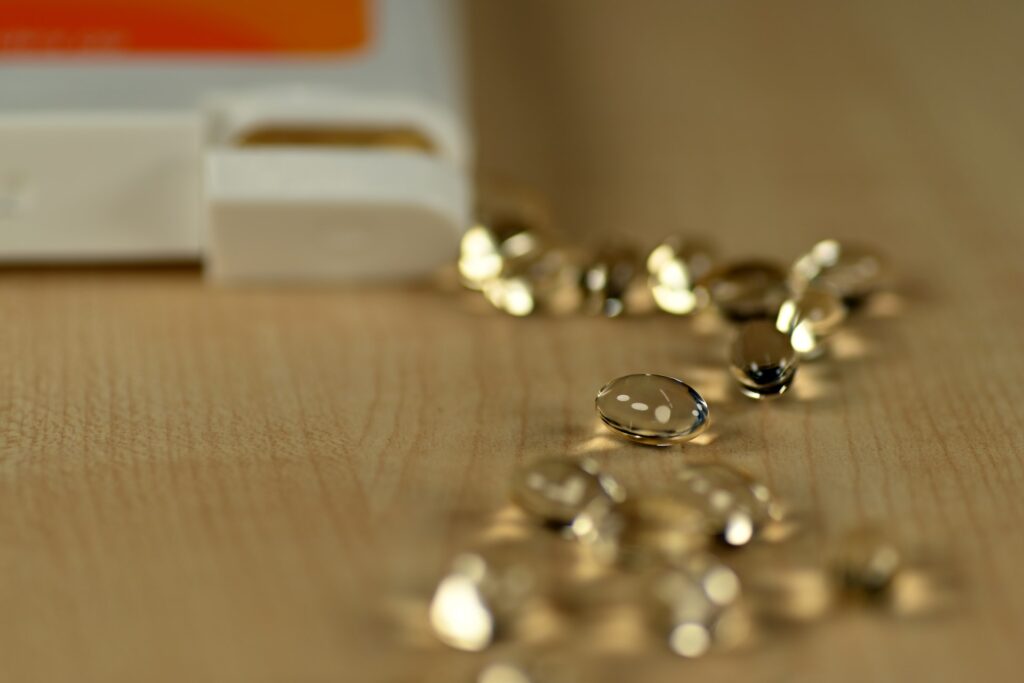Currently, no other vitamin is being discussed as intensively as vitamin D. The reason why this vitamin is so important is that people can obtain it not only through their diet, but they can also produce vitamin D themselves by exposing their skin to sunlight. While these days a lot of people suffer from Vitamin D deficiency, in this article we wat to talk about vitamin D normal levels and let you know everything about that.
In recent years, research findings have provided evidence for a role of vitamin D in the prevention of various chronic diseases. Current evidence conclusively confirms that a good vitamin D supply in the elderly can lower the risk of falls, bone fractures, loss of strength, loss of mobility and balance, and premature death. However, hypotheses such as a reduction in the risk of cancer or diabetes mellitus due to vitamin D have not been proven.
What is Vitamin D?
Vitamin D is a prohormone that has an essential role in the metabolism of calcium. This is why it is so important for our bones and why it is sometimes referred to as “calciferol”. But what is not so well known is that it has many other functions: immune system efficiency, skeletal consolidation, improved muscular faculties, skin pigmentation, maintenance of skin hydration, improved cardiovascular resistance, increased platelet aggregation, etc. This water-soluble vitamin is stored mainly in fatty tissue and 20% of its intake comes from food.
The vitamin D includes the natural vitamin D synthesized in the skin under the action of UV rays (vitamin D3 or cholecalciferol) and the vitamin D of vegetable origin that comes from our food (vitamin D2 or ergocalciferol). Having low levels of vitamin D can be associated with bone disease or kidney or liver failure.
Stay tuned as we want to talk more about vitamin D normal levels in this article.
Vitamin D includes:
- Vitamin D3 or cholecalciferol which is natural vitamin D synthesized in the skin when exposed to UV light.
- Vitamin D2 or ergocalciferol which is found in certain foods such as fatty fish (herring, mackerel, sardines, salmon), offal, cod liver, eggs, cheese and butter.
Vitamin D assists in the absorption of calcium from the small intestine. For children, it is indispensable for bone growth. In the elderly, it prevents osteoporosis. It enhances muscle strength and strengthens the immune system.
What Are Vitamin D Normal Levels?
Measuring vitamin D in the blood requires a blood test. This test is usually prescribed by the physician when there are clinical signs that suggest bone disease. The Vitamin D normal values are between 75 and 200 nmol/l. Over 250 nmol/l, the toxicity threshold is reached.
Also Read:
- How to Know if You Are Pregnant?
- The Ultimate Guide to Headache in the Morning and How to Treat Them
- How to Increase Testosterone – The Ultimate Guide
- 13 Healthy Food for Breakfast
- 6 Natural Ways to Lose Belly Fat
Vitamin D Requirements
We need vitamin D according to the degree of sun exposure and the degree of skin pigmentation. A supplementation is recommended for children during the first 3 years of life so they can have vitamin D normal levels.
Recommended intake of vitamin D | |
| Infants <6 months | 600 IU or 15 µg |
| Children 6 to 12 months | 400 to 600 IU or 10 to 15 µg |
| Children from 1 to 3 years old | 400 to 600 IU or 10 to 15 µg |
Why Do We Need a Vitamin D Test?
A vitamin D test is prescribed in case of pathology (hepatic insufficiency, Paget’s disease, malabsorption) or treatment (anticonvulsants) that could lead to a vitamin D deficiency.
This test is also requested in case of suspected rickets, renal insufficiency or proven osteoporosis. Last but not least, a physician may prescribe this test if the calcium, phosphorus and/or parathyroid hormone levels are abnormal.
How is Vitamin D Measured?
Vitamin D is measured by collecting a blood sample, generally from the elbow. The blood sample must be kept in a dark place and frozen quickly within 4 hours following the blood test (at least 2 ml).
Vitamin D Blood Test
Vitamin D normal levels should be as follows:
25-OH- D3 dosage: 75 to 200 nmol/L or 30 to 80 µg /L
Threshold of toxicity > 250 nmol/L or 100 µg /L
What If My Vitamin D Is Too High?
Although it remains relatively rare, an excess level of vitamin D is toxic when it goes beyond the toxicity threshold set at 250 nmol/l. That is why vitamin D supplementation must be prescribed by a physician. Indeed, hypervitaminosis cannot usually be caused by too much exposure to the sun, nor by a diet too rich in vitamin D. In order to avoid this type of imbalance, it is therefore necessary to respect the recommended doses and to stop the supplementation when the vitamin D level is sufficient.
A high level of vitamin D3 in the blood can be a sign of:
- Intoxication during vitamin D treatments;
- Hypercalcemic lithiasis;
- Sarcoidosis.
What To Do if My Vitamin D Level Is Too Low?
Vitamin D deficiency needs further medical investigation to determine the cause. Kids under the age of 5 and teenagers are often given oral supplements two to three times a year to compensate for increased bone growth at these times of life.
Individuals suffering from intestinal pathology will also be specifically monitored. You can also increase your daily intake by favouring foods rich in vitamin D: fish liver oil, yeast, cereals, vegetable oils, mushrooms, green vegetables… The recommended average intake is 10 micrograms per day for adults, and 15 to 20 micrograms for pregnant or breastfeeding women.
A low level of vitamin D3 in the blood can be related to:
- Rickets or osteomalacia due to nutritional or digestive deficiency;
- Senile osteoporosis;
- Paget’s disease;
- Prostate cancer;
- Insufficient intakes (deficiencies are generally observed during pregnancy, growth and in the elderly);
- Hyperparathyroidism;
- Liver failure or cirrhosis: no active form;
- Renal insufficiency or hypoparathyroidism;
- Treatment with anti-convulsants;
How to Avoid Vitamin D Deficiency?
In order to avoid vitamin D deficiency, you should expose yourself to UV rays (do not expose yourself during the hottest hours of the summer and use sun protection at all times) for about 15 to 30 minutes a day. Such exposure provides 50 to 90 percent of daily intake.
The remainder comes from food. The following foods provide vitamin D (per 100 g serving):
| Cod liver oil | 3,400 IU / 100 g | Cereals | 50 IU / 100 g |
| Raw herring | 900 IU / 100 g | Chicken eggs | 40 IU / 100 g |
| Salmon | 500 IU / 100 g | Butter | 30 IU / 100 g |
| Sardine | 300 IU / 100 g | Liver | 19 IU / 100 g |
| Tuna | 230 IU / 100 g | Milk | 6 IU / 100 g |
Because there is less sunshine in the fall and winter, it is often necessary to take a course of vitamin D ampoules during these seasons. Ask your doctor for advice.
In case you have any questions about vitamin D normal levels in your body, don’t hesitate to ask us in comments section below.




















































Discussion about this post